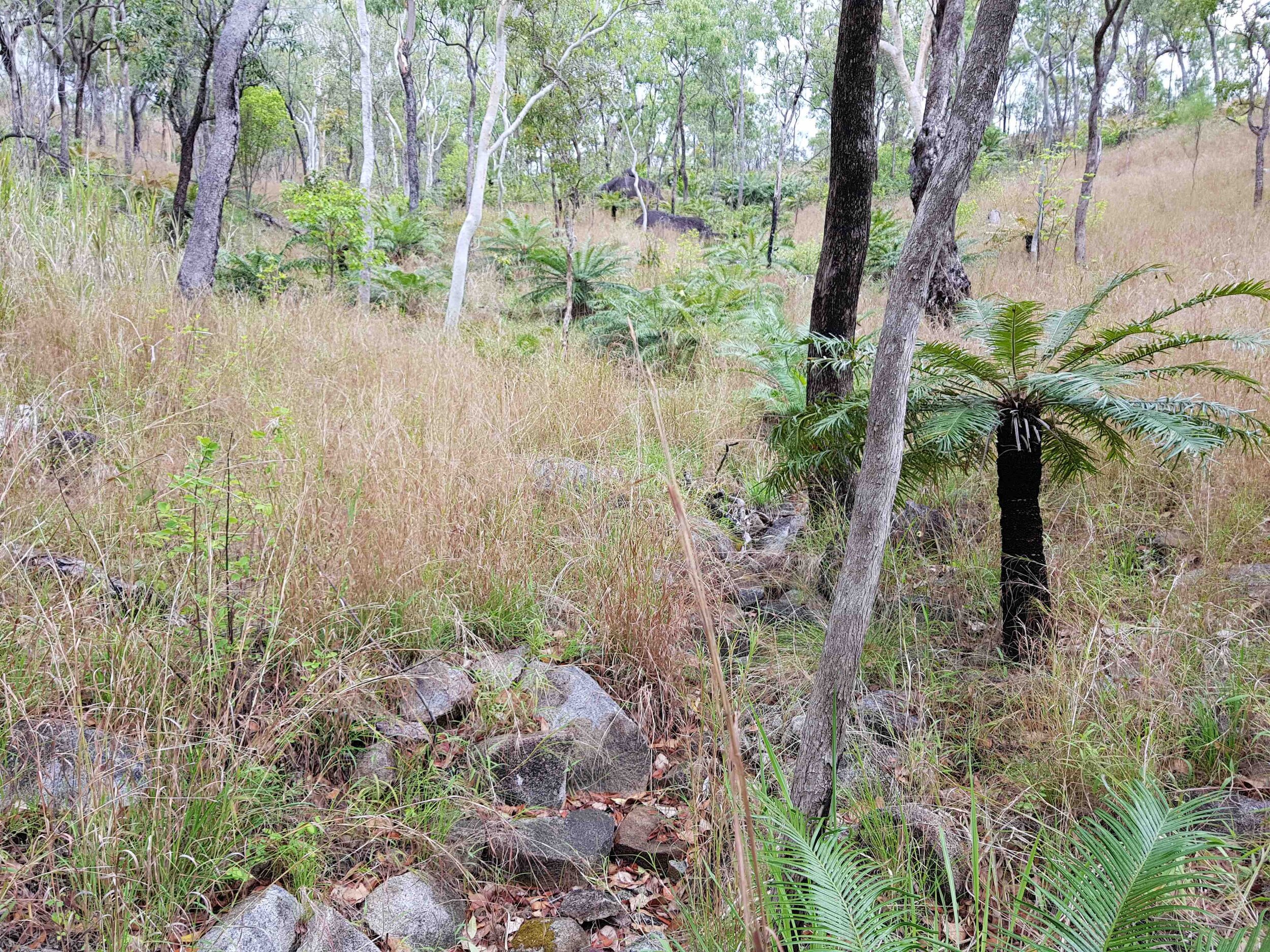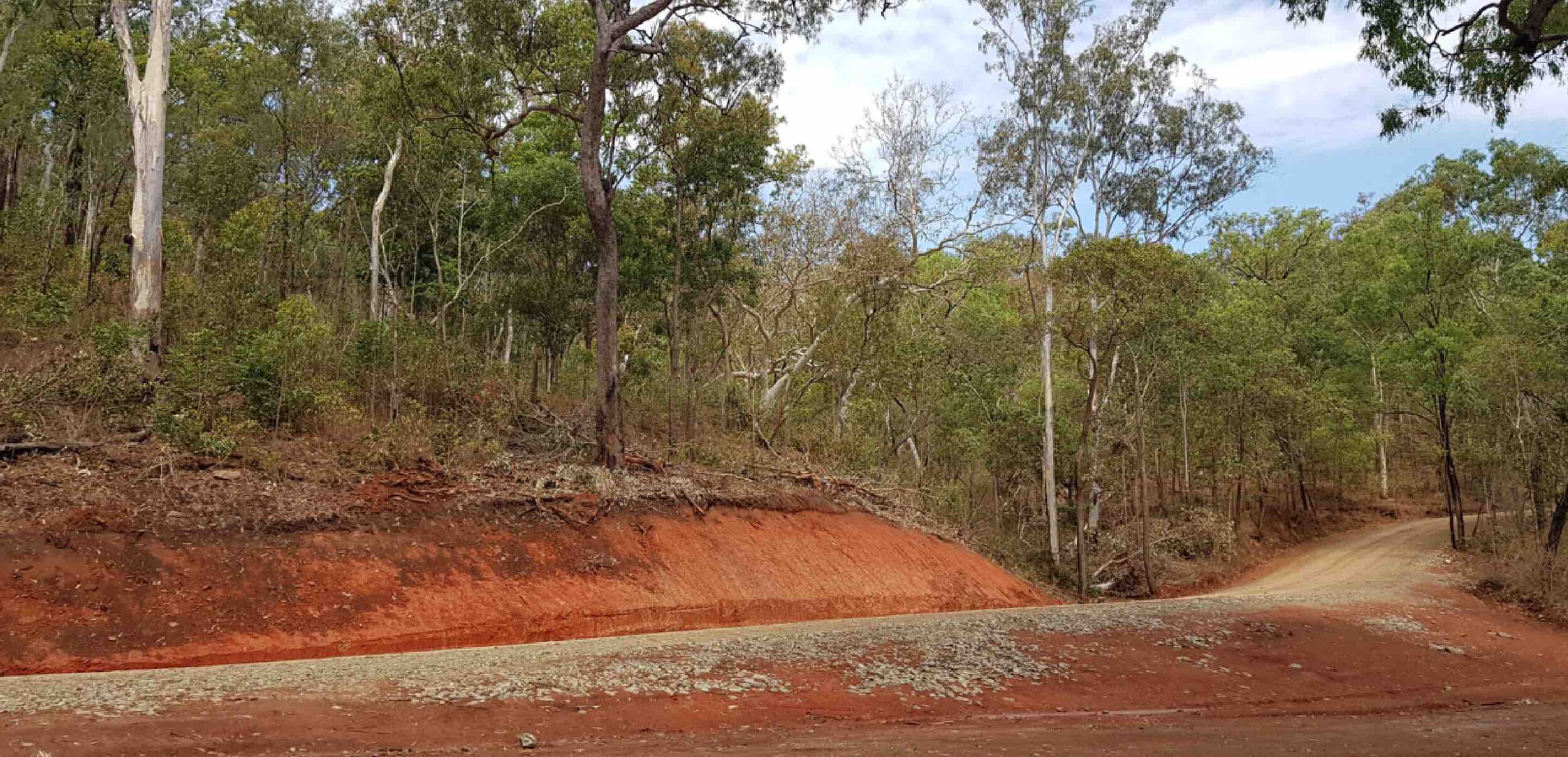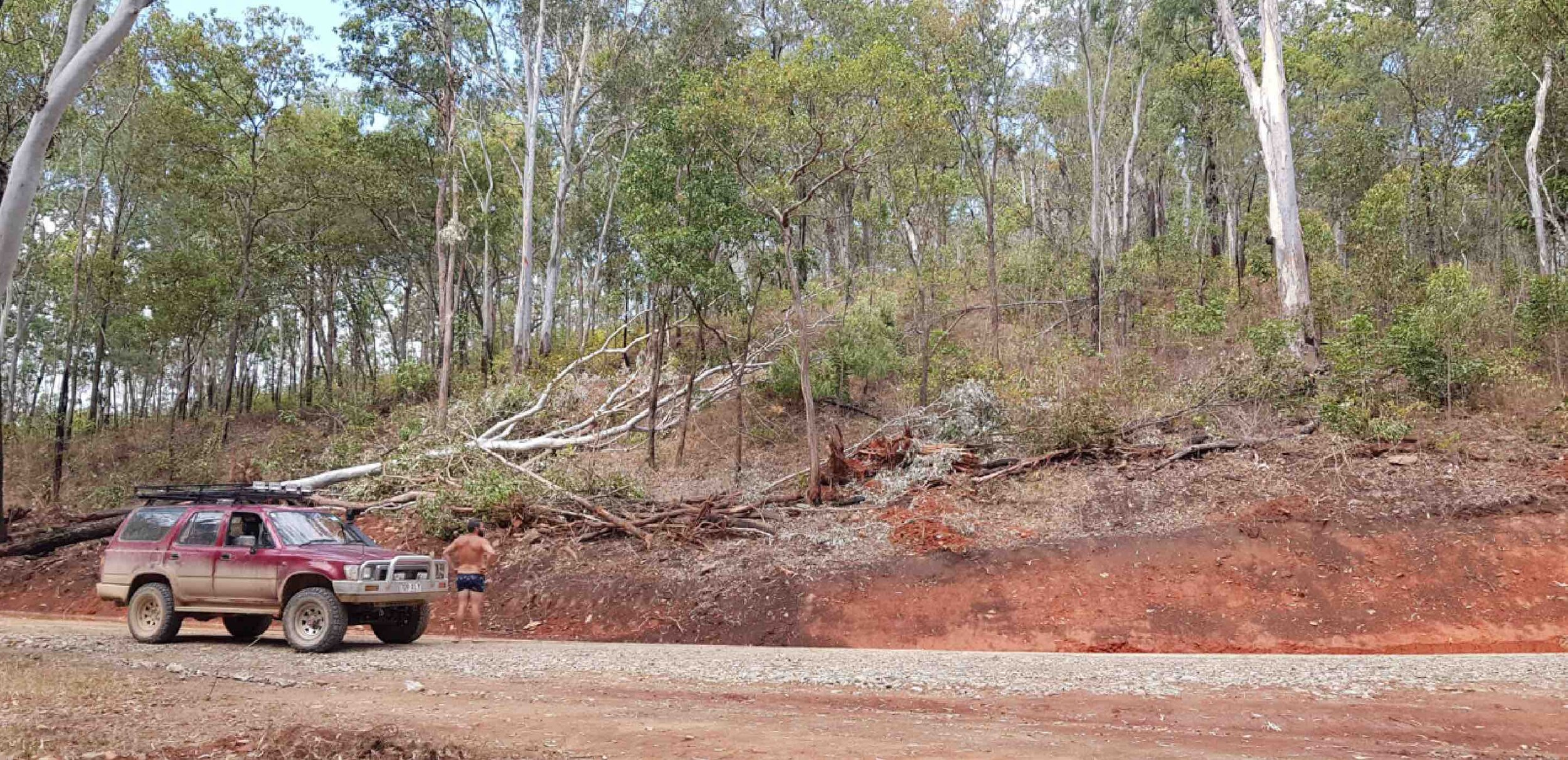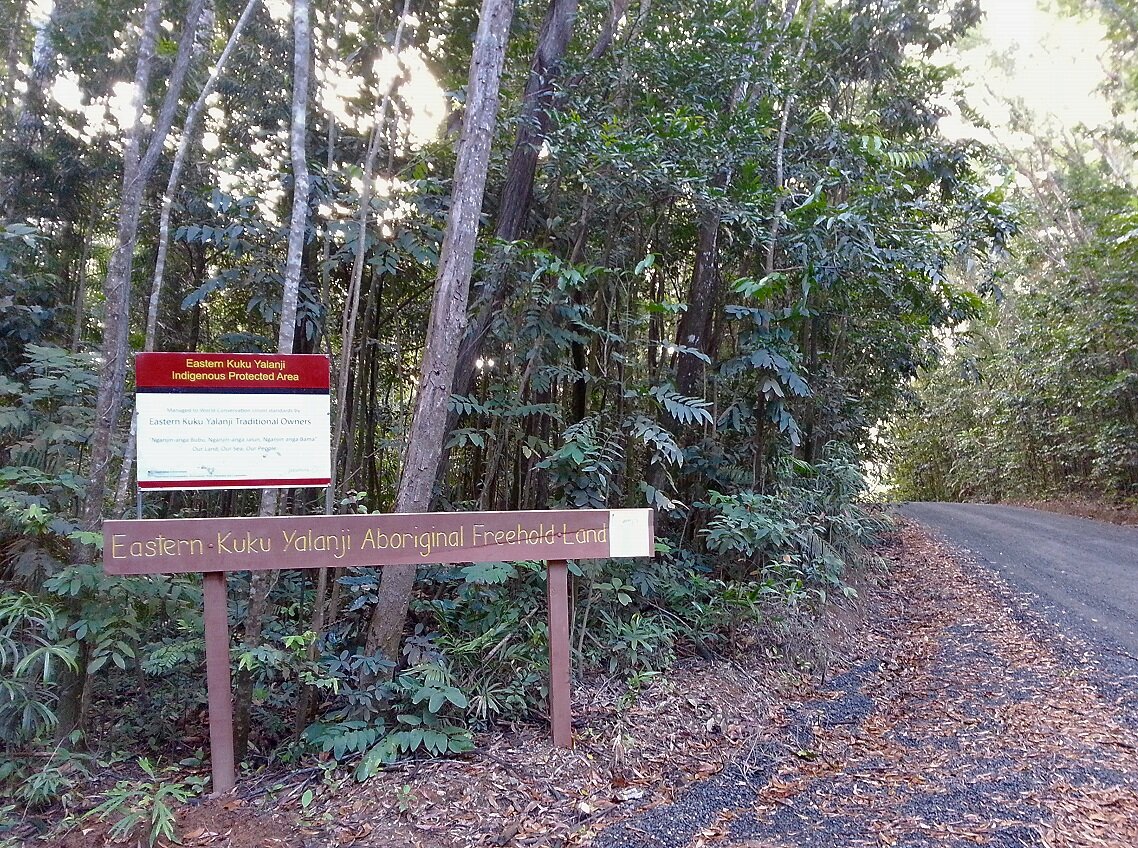
Marra kari, feeling through absence
Intimacy grows with a familiar cycad couple near camp.
On the road up to our camp, there used to be a crink in the road that made you slow down a bit in the car. In that place, there was a hairpin bend that skated around two marra (cycad). Judging by their height, maybe that couple’s a couple of hundred years old. Wow.
Like man and woman standing apart, marra openly performs a hot sexual practice annually in the scrub, the ancient cycad being one of the first plants to reproduce above ground.
Jarramali explains one night after dinner that for bama, marra is sacred and one of the most important mayi of olden day society.
Despite toxicity, archaeological digs in Northern Territory further affirm that Aboriginal families had been processing the marra seed into damper flour way back in the Pleistocene ice age with fragments of cycad casing found with carbon dated shells and in other food areas (Beck, 1992; Smith, 1982).
Today, due to extensive land clearing, cycads are on the IUCN endangered list and form an important part of the World Heritage Wet Tropics cultural significance nomination (Hill, Cullen-Unsworth, Talbot, & McIntyre-Tamwoy, 2011).

Late one day when we return with our shopping from town, the road works crew are gone and so are the marra.

Jarramali calls out. ‘Film this!’
‘It’s an IPA (Indigenous Protected Area). We can speak up for these things now’ .
But this situation is telling.
In the Australian Boyer lectures of 1969, Stanner asserted,
It is a structural matter, a view from a window which has been carefully placed to exclude a whole quadrant of the landscape. What may have begun as a simple forgetting of other possible views turned under habit and over time into something like a cult of forgetfulness practised on a national scale (Stanner, 1969).
Arrival on the Australian continent towards the end of the 1700s, many already traumatised British subjects - convicts or working-class landless people - recklessly perpetuated two powerful Euro-centric legal fictions, that of terra nullius as a means to settle land and that of enclosure as a means to escape poverty. These persistent British cultural logics and violent systematic impoverishments towards diverse aboriginal families, continue to manifest as a form of ‘hitting without touching’ (Serumaga, 2008) producing many stress-related illnesses.
In the case of the cycad, for anyone who knows grief, feeling through the loss and absence of what we love affects us deeply. There is an experience of ‘profound and lasting disruption’ – extreme physically pain, yearning, sorrow and insistent memories refusing to be forgotten (Shear, 2015).
Reconstituting history with gestures of alternative knowledge.
For all of us, living through 21st Century, it is virtually impossible not to be implicated in the destructive flows and systematic absences of history’s grand narrative. Yet without ‘gestures of alternative knowledge or counter-memory, ultimately haunting the logic of the archive’ (Merewether, 2006, p. 14) our own species’ survival – something seemingly distant from the cycad but in fact symbiotically intimate - may yet become another significant counter-memory of survival and complex co-presence discarded on a refuse pile.







